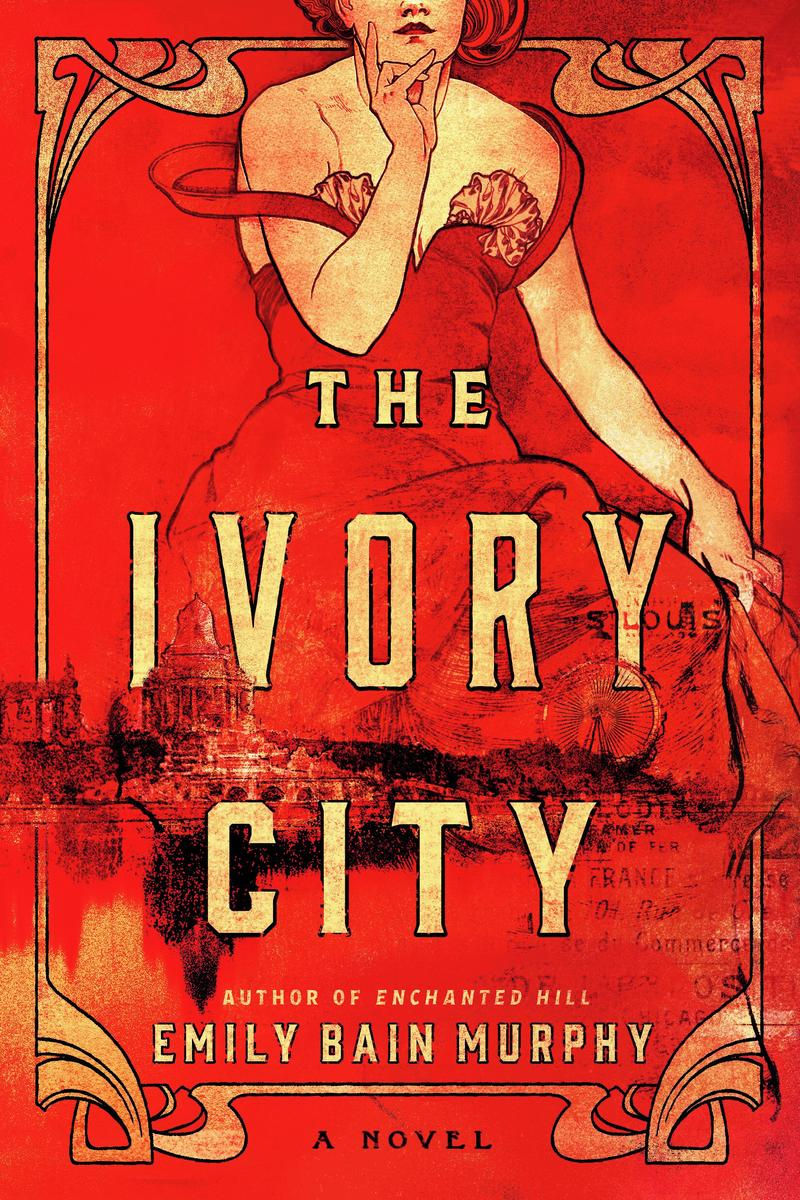"The 1619 Project" | Reviewed by Bill Schwab
- cstucky2

- Feb 17, 2023
- 3 min read
“The 1619 Project” is a book-length expansion of the “New York Times Magazine” issue that explores the history and consequences of enslaved people in the United States. The rationale for the title begins: “In August of 1619, a ship appeared on this horizon, near Point Comfort, a coastal port in the British colony of Virginia. It carried more than 20 enslaved Africans, who were sold to the colonists. America was not yet America, but this was the moment it began.”
The project idea was pitched by Hannah- Jones to her colleagues at a staff meeting at “The Times.” She proposed a large-scale history that would “bring slavery and the contributions of Black Americans from the margins of the American story to the center, where they belong.” The result of her proposal is a collection of 17 essays that reframes American history by asserting that slavery is the social and economic foundation upon which this country was built. The author refers to Black Americans as the country's “true founding fathers,” as deserving of that designation “as those men cast in alabaster in the nation's capital.” She maintains the book is not just about learning what happened, “it is also, just as important how we think what happened.”
The Project has been controversial from the time it appeared in the August 19th, 2019 edition of “The Times” to its iteration as a docuseries on Hulu. The argument has generally centered around the authority of Black authors’ reconsidering of United States history even though the topics they discuss are based on serious research.
The essay on self-defense by Carol Anderson, for example, reframes the Second Amendment. Anderson traces the history of the Second Amendment, emphasizing how it did not grant Black Americans the right to bear arms because “the enslaved were not considered citizens,” but that the suppression of Black uprisings was among the chief purposes of establishing a “well-regulated militia.”
Civil rights lawyer Bryan Stevenson’s chapter “Punishment” argues that mass incarceration and law enforcement brutality against Black Americans today can be traced to the legacy of slavery and to vagueness in the 13th Amendment, which ended involuntary servitude “except as a punishment for crime whereof the party shall have been duly convicted.” Stevenson believes that slavery, Black Codes, convict leasing and lynch mobs have led to the turmoil of our time.
There is an unintentional formula that ties all the chapters together and puts them in conversation with one another. Each essay begins with a racial incident and its history. This is followed by a description of how the historic incident relates to United States culture today.
The essay on the impact of Black musicians in American culture and the cruel legacy of black face minstrelsy is one of the strongest contributions to the book. Author Wesley Morris observes that to this day “... Black artists sustain parties in places that sustain no actual Black people.” He contends that Black art constitutes the “very core” of American culture, in part because white people won't stop putting it there.”
I found this book appealing because of its fresh historical perspective of United States history. The reframing of history requires the reader to be open to new historical perspectives and interpretations that contradict recorded histories of the past. This is only the second book on US history I have read that has been written by Black academics. It forced me to “think outside the box.” It raised my hackles on a few occasions but my resistance served as a reminder of the shackles Black Americans have been trying to shake off since the inception of this country.
“The 1619 Project” has its flaws but on the whole is a wide-ranging, groundbreaking summary of the intertwined relationship between the Black and White experience in America. It is copious in unfamiliar details and explores every aspect of slavery and its continuing legacy. I am a better, more informed citizen for having read it.
About the Author: Nikole Hannah-Jones is a Pulitzer Prize-winning reporter covering racial injustice for “The New York Times Magazine.” In 2017, she received a MacArthur Foundation Fellowship (the Genius Grant) for her work on educational inequality. She also has won a Peabody award, two George Polk Awards, three National Magazine Awards, and the 2018 John Chancellor Award for Excellence in Journalism from Columbia University. She is the Knight Chair in Race and Journalism at Howard University.

.png)





Comments